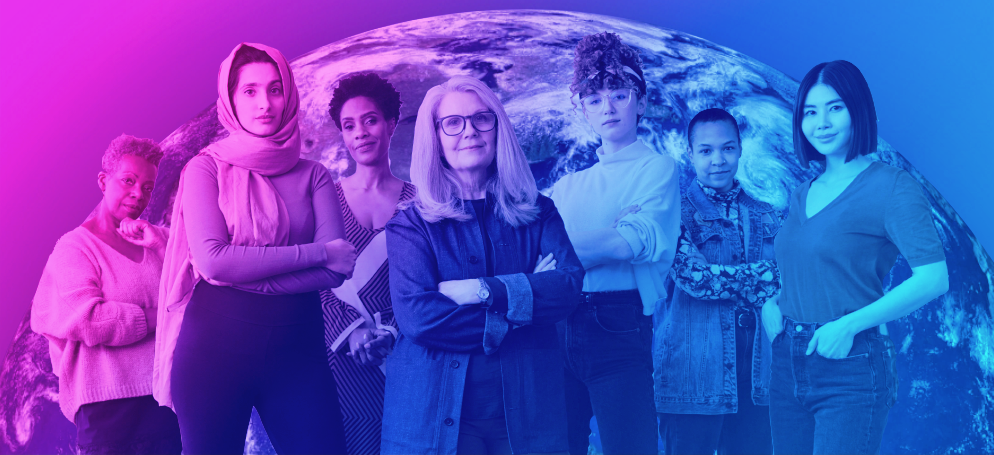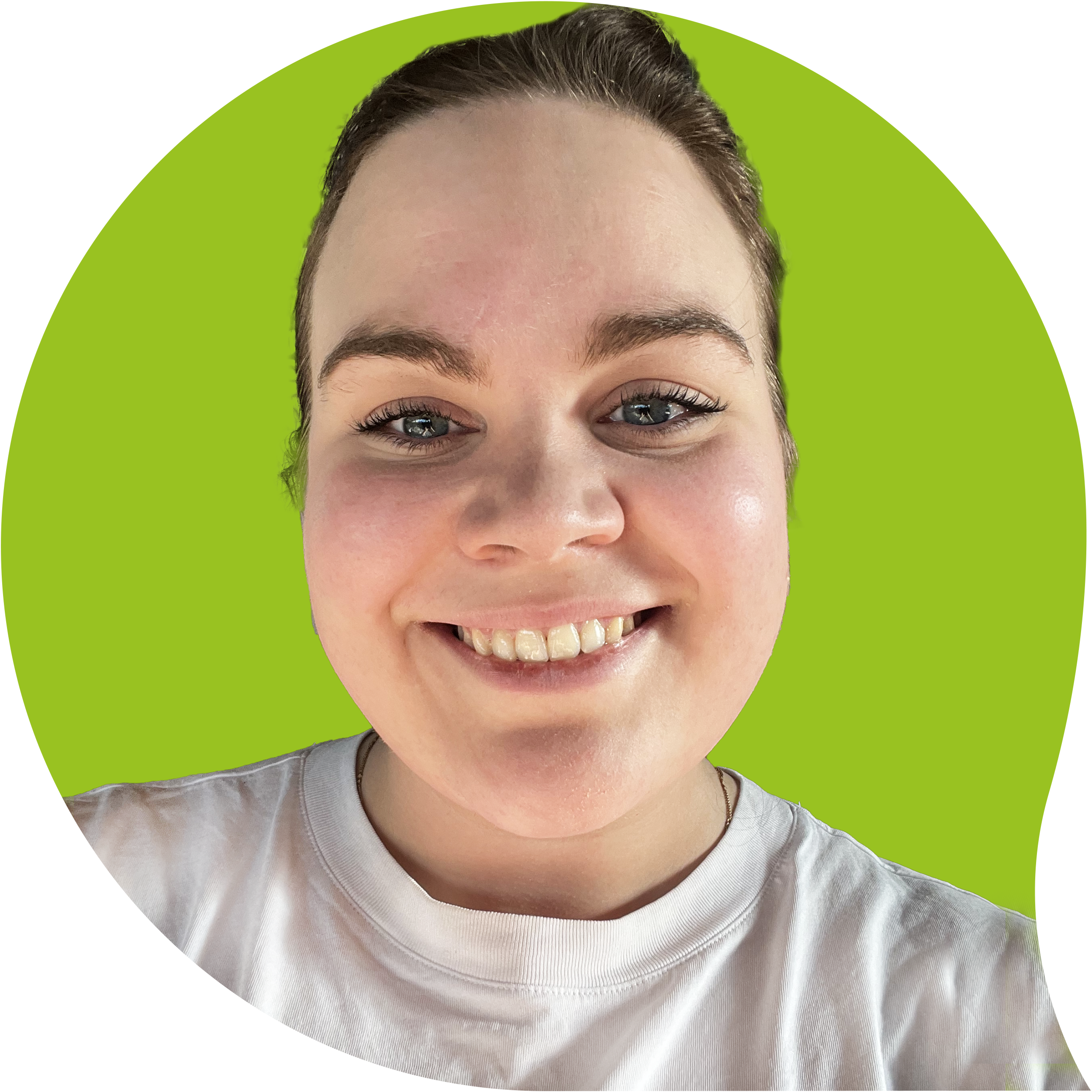
International Women’s Day 2023: How Nordic countries embrace equity
The theme for this year’s International Women’s Day is ‘Embrace Equity’. To mark the occasion, we wanted to focus on the positive, by looking at examples of progress in countries which tend to score highly for gender equality. We spoke to our Local In-Market Experts around the world, who shared with us their personal experiences and insights. Part 1 of our two-part IWD 2023 blog series looks at Finland, Sweden, and Iceland – read on to find out more.
Sonja, from Espoo, Finland

Finland’s historical and social roots have contributed to gender equality.
Overall, there are few disparities between men and women in Finland. Women can run for political office – we currently have a female Prime Minister – as well as hold senior positions in business, enter higher education, and so on. Although there’s room for improvement, Finland has historical and social roots that have supported its development as one of the most progressive countries in the world when it comes to gender equality.
Finland is in the north-eastern corner of Europe. The climate is harsh, especially in winter: winds blowing in from the seas, blizzards drifting in from the east. In winter, you can have snow up to several metres high. It’s cold, rainy, windy, and dark for most of the year. The settlers that arrived in Finland over the centuries and who shaped Finnish society as it is today had to be resilient to scrape a living from the less than fertile soil.
Up until the 1930s, Finland was a relatively poor agrarian society. People worked the fields and supplemented their diet or income by hunting and gathering. The way of life was not so different from the original settlers hundreds if not thousands of years before. This meant every person needed to work hard for the survival of the community, and there were no exceptions made because of gender.
Finland was the first country in the world to grant full political rights to women in 1906.
This means that, unlike New Zealand and Australia which had granted women only voting rights, women could run for parliament as representatives. Finnish women used this right. Nineteen women were elected to the first unicameral parliament of Finland in 1907. In the 1919 election, about 67% of all women voted. From 1987, women have voted more actively than men.
In 1916, one in eight representatives was a woman, a remarkable number for the time. After a rocky start, the number of women in parliament has steadily increased in the elections after WW2. Progress was especially fast from the late 1960s. In 1970, women represented about 20% of the parliament; in 1983, 30%; and in 2007, 40%. In the last election in 2019, 46.5% of elected parliamentarians were women. The first female minister was elected in 1926. From the 1940s, women have been regularly elected as ministers. In 2000, Finland saw its first female president, Tarja Halonen.
I’m 38 years old. I can’t think of a single woman who would consider themselves unequal.
I can’t even imagine a situation where my maternal ancestors (of whom I have knowledge) would feel inferior to men in any way. I was always taught to bow to no-one and treat all people equally, and that was how my parents were raised as well. I have never felt I was treated as something less than my brothers. I also don’t know any men who would consider women to be unequal to them, overtly at least, although I have experienced and observed random misogyny in wider society.
I was raised to believe in the importance of all life skills. So not only was I taught to maintain a household, I was also expected to learn basic mechanics, chop wood, be able to carry out DIY and change lightbulbs. I don’t think my upbringing was unusual for my generation, since gender roles have been blended quite happily for the past few decades.
I have never in my life been told that I couldn’t do something or achieve something because I was female. When I briefly wanted to be a flight attendant when I was young, my parents asked me why I didn’t want to be a pilot instead. When I was hesitant to go to higher education, my biggest cheerleader was my then 90 year old grandfather.
My experience is of course just one of many. Like most women in Finland, I was raised to be confident and independent, but it’s also the case that issues like the continuing pay gap can be aggravated by women lacking self-belief – although I don’t want to imply that there are no structural reasons, because of course there are.
Tanja Teresa, based in Reykjavík, Iceland
Generally, the situation for women in Iceland is good.

We have decent, affordable childcare, good parental leave, and equal pay has been codified. In recent years, more women have been breaking the glass ceiling, making their voices heard in male-dominated fields such as investment banking, and with more female athletes getting the recognition they deserve.
This is thanks to the women before us who fought tooth and nail to get to where we are today. This includes grassroots feminist organisations like the Rauðsokkur, or Red Socks, and political movements like Kvennalistinn, or Women List, made up of women who entered local politics and were voted into the city council of Reykjavík.
Unpaid labour still falls unfairly on women.
While Iceland has nearly closed the pay gap, there is still the issue of unpaid labour. Women are still the primary caregivers in families and usually take on the ‘third shift’ or role of family project manager, such as keeping track of birthdays, deciding which gifts to buy, organising holidays, doctor’s appointments, remembering that their three year old’s best friend is allergic to strawberries, and so on. This third shift happens in workplaces too – if there’s a team of men and women, the chances are that it’s the women who’ll organise Jon’s 50th birthday gift fund, or order the cake for special occasions, or even organise the work the team is supposed to produce. Needless to say, the third shift is unpaid – but there are efforts to raise awareness and change behaviours.
Iceland has many female role models in public life.
I grew up knowing that one of the largest aluminium factories in Iceland had a female CEO and without really understanding what an aluminium factory was, I knew this was cool. Representation is important, and we have many, whether that’s the world’s first female President, Vigdís Finnbogadóttir, or our Prime Minister, Katrín Jakobsdóttir, or the first openly lesbian Prime Minister Jóhanna Sigurðardóttir, and of course, our women‘s national football team! While women are well represented in politics, the corporate world still needs some attention. But with Icelandic children growing up knowing that women can do anything, we can be optimistic about the business world too.
We have always had strong women role models, from the Viking age and our ancient sagas that featured strong women, to our great-grandmothers who had thirteen children and a husband who died at sea, they raised entire generations. Life was harsh in Iceland and the women were strong. But Iceland is also small and perhaps that makes change easier than in larger countries.
Women currently make up about 60% of students in higher education.
They dominate traditionally female-led fields such as teaching, nursing, and social studies – areas which tend to be less well paid than other sectors. However, only about 30% of STEM graduates are women – in part, this is due to residual ideas that women are less suited to STEM-related fields.
Childcare is vital to ensuring gender equality.
Women still bear the brunt of childcare responsibilities and taking care of the home in general. When the Women’s List group I mentioned earlier ensured kindergarten for all, it was a shift towards reaching gender equality. And parental leave is important too – in Iceland, each parent gets 6 months, and can transfer up to six weeks to the other. The effect of this policy is profound, from the impact on new-borns themselves, to countering ideas in the workplace about young women being a burden if they fall pregnant.
Without equality for all, there is no real equality.
Iceland has strong foundations on which to build but we have to ensure that equality and representation includes every person in society. Like in other countries, ideas about the genders and their behaviours can be pretty fixed in some quarters. We recently had an instance where a journalist reminded one of our ministers, Áslaug Arna Sigurðardóttir, about her age and asked her whether she planned to have children. On the whole, Iceland has done pretty well, especially for white Icelandic women, but there is more that could be done for women from marginalised groups – for example, disabled women, women from migrant backgrounds, and trans women.
Lars, based in Stockholm, Sweden

I’m a white, middle class man who is an advocate for gender equality.
I took paternal leave for both my children, and my wife has been professionally active all those years. Recently, she’s been making more money than me even though I’m a few years older. This is not unusual in Sweden, though not universal. I love the idea of a society where every child has the best possible opportunities to make their own choices regardless of characteristics like gender and race. We’re not quite there yet, but it’s a worthy struggle.
Swedish society has been evolving for decades.
For example, after a centuries-long struggle to reduce the power of the church, Sweden is now one of the most secular countries in the world. In 1968, the “Du reform” decided that all people should address each other with “du” (i.e. the familiar, first person pronoun), rather than the more formal “ni” for older or respected figures (which in turn, had replaced an earlier, more complicated system of titles and third person addresses). In other words, Sweden’s generally progressive attitude towards gender equality can be viewed as part of a broader trend towards a flatter, less hierarchical society over the years.
Going further back in history, Scandinavian societies were relatively ‘flat’ already in the Viking era, populated by free individuals and strong women, without too much hierarchy. There’s also a long history of free farmers owning their (meagre) lots, unlike other countries where peasants slaved in a feudal system.
In terms of political debate, discussions have become very polarised.
Internationally, Sweden is hardly alone in this, and there are several driving forces behind it. For example, social media has made discussions angrier and less nuanced, there is evidence of groups deliberately inflaming online debate to spread division. Coupled to that, in some academic circles, issues related to gender and race can be presented in a way that may seem extreme to sections of the public. In such a tense environment, it can be difficult for people to find the middle ground between the unreasonable claims of one side and the overly cynical retorts of the other. But overall, Sweden has much to be proud of when it comes to embracing equity.
. . .
Looking to grow your business internationally through digital marketing techniques? Oban and our network of Local In-Market Experts can help. To find out how, please get in touch.
Oban International is the digital marketing agency specialising in international expansion.
Our LIME (Local In-Market Expert) Network provides up to date cultural input and insights from over 80 markets around the world, helping clients realise the best marketing opportunities and avoid the costliest mistakes.